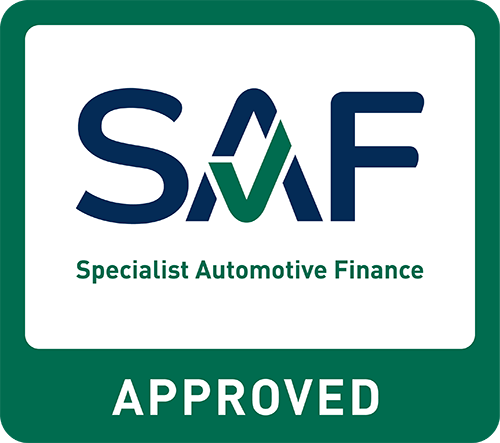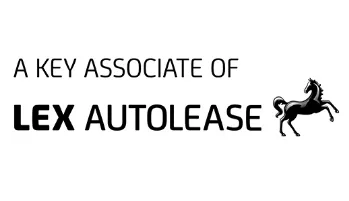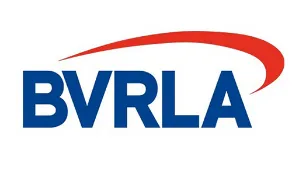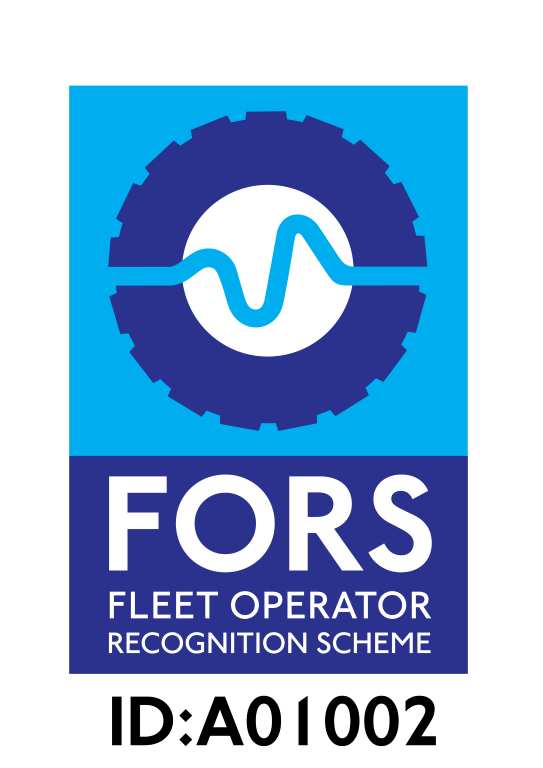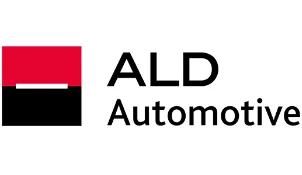Planet Leasing's Guide to Driving from the UK to Belgium
Driving from the UK to Belgium can be a fantastic way to explore the beauty and culture of both countries. Here's a step-by-step guide to help you navigate the journey:
Preparation:
- Check your Documents: Ensure you have a valid UK driving license, passport, and any necessary travel documents.
- Travel Insurance: It's advisable to have travel insurance covering medical emergencies, accidents, and unexpected events.
- Vehicle Documents: Carry your vehicle's registration documents, insurance, and V5C certificate.
- European Breakdown Cover: Consider purchasing European breakdown cover to ensure assistance in case of vehicle issues.
Planning the Route:
- Choose Your Route: Decide on your route. Popular options include the Eurotunnel Le Shuttle or ferries from Dover to Calais. Research routes to Belgium from your chosen entry point.
- Navigation: Use GPS or navigation apps to plan your journey and stay updated on traffic conditions.
Driving Tips:
- Drive on the Right: Remember that Belgium drives on the right-hand side of the road.
- Speed Limits: Follow speed limits: 50 km/h in urban areas, 90 km/h on non-urban roads, and 120 km/h on highways, unless otherwise indicated.
- Seatbelts: Ensure all passengers wear seatbelts, and children under 1.35m must use appropriate child seats.
- Alcohol Limits: The blood alcohol limit in Belgium is 0.05%. It's best to avoid drinking and driving altogether.
- Parking: Familiarize yourself with parking regulations, as they vary between cities. Pay attention to parking zones, meters, and time restrictions.
- Tolls: Belgium does not have many toll roads, but there might be tolls on certain tunnels and bridges.
Road Regulations:
- Priority from the Right: In some cases, vehicles coming from the right have priority. Be cautious at intersections.
- Trams: Trams have priority over other vehicles. Always yield to them.
- Roundabouts: Yield to vehicles already on the roundabout.
- Mobile Phones: It's illegal to use a handheld mobile phone while driving.
Safety Equipment:
- Reflective Vests: Carry reflective vests for all passengers, to be used in case of breakdowns.
- Warning Triangle: A warning triangle is mandatory and must be placed behind your vehicle in case of breakdowns.
- Headlights: Use dipped headlights during the day on all roads outside urban areas.
Fuel and Rest Stops:
- Fuel: Familiarize yourself with fuel station locations along your route, as they might differ from the UK.
- Rest Stops: Take regular breaks to avoid fatigue. Belgium has plenty of rest areas with facilities.
Language:
- Languages: In Belgium, the official languages are Dutch, French, and German. English is often understood in tourist areas, but knowing a few basic phrases in the local languages can be helpful.
Accommodation and Navigation:
- Accommodation: Book your accommodations in advance, especially during peak tourist seasons.
- Navigation Apps: Download offline maps or navigation apps to avoid roaming charges.
Sightseeing and Exploration:
- Explore Belgium: Take advantage of your road trip to explore Belgian cities like Brussels, Bruges, Ghent, and Antwerp. Visit historic sites, museums, and enjoy local cuisine.
Returning to the UK:
- Return Journey: Plan your return journey in a similar manner, following the same guidelines.
Remember that road rules and regulations can change, so always stay updated on the latest information before your trip. Have a safe and enjoyable journey from the UK to Belgium!
We have handpicked 3 Special Offers that will make your drive to belgium even more easier
For more details call us on 01702 410 470



